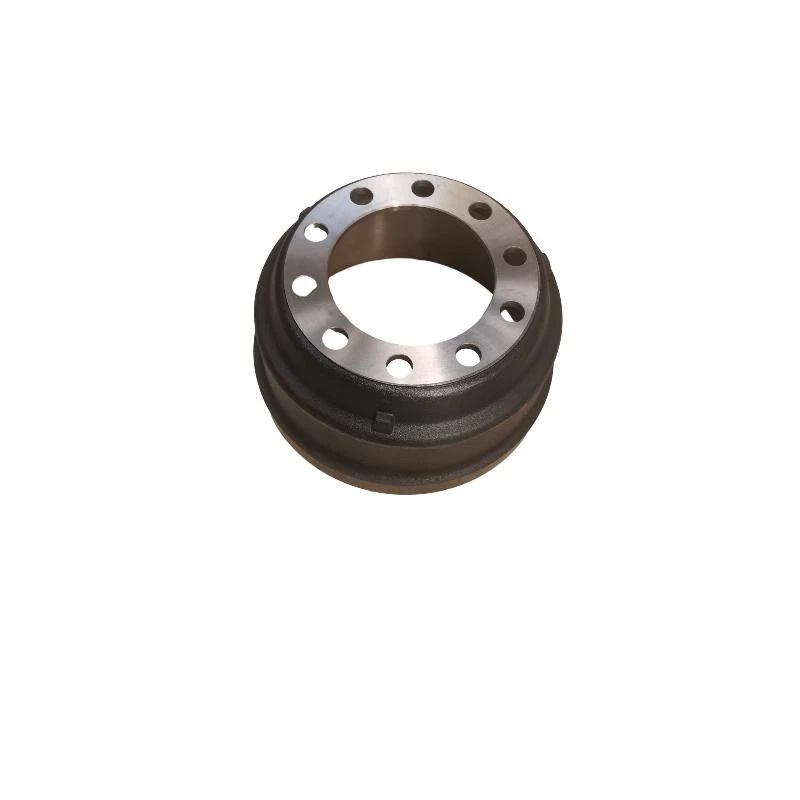Jan . 31, 2025 01:38 Back to list
brake drums vs discs
When it comes to automotive braking systems, there's a dynamic duo that most often comes to mind brake drums and brake discs. Each has its distinct advantages, specific applications, and fervent advocates. Understanding their differences isn’t just academic; it's crucial for making informed decisions about vehicle maintenance and upgrades.
Moreover, disc brakes offer superior self-cleaning. Their design allows for water and debris to easily shed away, maintaining optimum performance. This is particularly beneficial for vehicles often navigating wet and muddy conditions, where maintaining clean, debris-free brakes can significantly enhance safety. The evolution from drum to disc brakes wasn't instantaneous; it was a gradual transition influenced by demand for better performance and safety. For those considering an upgrade, or choosing a new vehicle, understanding this evolution can be crucial. For example, if operating a heavier vehicle or one not meant for aggressive driving, brake drums might suffice. However, for drivers who prioritize performance and safety in diverse conditions, disc brakes are an unequivocal choice. It's worth noting that many vehicles today employ a combination of both. It's not uncommon to see disc brakes on the front wheels, handling the brunt of the stopping power, while drums are used on the rear wheels. This combination can often provide a balance of performance and cost-effectiveness, and is a testament to how both systems still have their place in automotive design. Expert advice and real-world experiences suggest that drivers should consider their specific needs and driving conditions. For instance, a daily commuter in a busy city with frequent stop-and-go traffic may prioritize the quick response and reliability of disc brakes. On the other hand, a farm vehicle used for hauling heavy loads might benefit from the durable nature of drum brakes. In conclusion, both brake drums and discs have stood the test of time for good reasons, each offering unique benefits. The best choice depends heavily on individual usage scenarios, environmental conditions, and personal preferences. By understanding their principles, advantages, and maintenance requirements, drivers can make informed decisions, ensuring safety and performance for miles to come. As technology evolves, so too will these braking systems, promising even more efficient solutions in the future of automotive design.


Moreover, disc brakes offer superior self-cleaning. Their design allows for water and debris to easily shed away, maintaining optimum performance. This is particularly beneficial for vehicles often navigating wet and muddy conditions, where maintaining clean, debris-free brakes can significantly enhance safety. The evolution from drum to disc brakes wasn't instantaneous; it was a gradual transition influenced by demand for better performance and safety. For those considering an upgrade, or choosing a new vehicle, understanding this evolution can be crucial. For example, if operating a heavier vehicle or one not meant for aggressive driving, brake drums might suffice. However, for drivers who prioritize performance and safety in diverse conditions, disc brakes are an unequivocal choice. It's worth noting that many vehicles today employ a combination of both. It's not uncommon to see disc brakes on the front wheels, handling the brunt of the stopping power, while drums are used on the rear wheels. This combination can often provide a balance of performance and cost-effectiveness, and is a testament to how both systems still have their place in automotive design. Expert advice and real-world experiences suggest that drivers should consider their specific needs and driving conditions. For instance, a daily commuter in a busy city with frequent stop-and-go traffic may prioritize the quick response and reliability of disc brakes. On the other hand, a farm vehicle used for hauling heavy loads might benefit from the durable nature of drum brakes. In conclusion, both brake drums and discs have stood the test of time for good reasons, each offering unique benefits. The best choice depends heavily on individual usage scenarios, environmental conditions, and personal preferences. By understanding their principles, advantages, and maintenance requirements, drivers can make informed decisions, ensuring safety and performance for miles to come. As technology evolves, so too will these braking systems, promising even more efficient solutions in the future of automotive design.
Next:
Latest news
-
HINO Industrial Solutions - ¡Ң���ຽ��е��������˾ | Advanced Efficiency&Customization
NewsJul.13,2025
-
HINO Industrial Efficiency Solutions - ¡Ң���ຽ��е��������˾
NewsJul.13,2025
-
HINO Industrial Solutions - ¡Ң���ຽ��е��������˾ | Advanced Technology&Reliability
NewsJul.13,2025
-
HINO Industrial Efficiency-Jiangsu Hino Industrial|Productivity Optimization&Cost Reduction
NewsJul.12,2025
-
HINO-¡Ң���ຽ��е��������˾|Advanced Industrial Solutions&Energy Efficiency
NewsJul.12,2025
-
Premium Brake Drum Iveco – Durable Drum Brake Drum & Brake Shoe Solutions
NewsJul.08,2025
